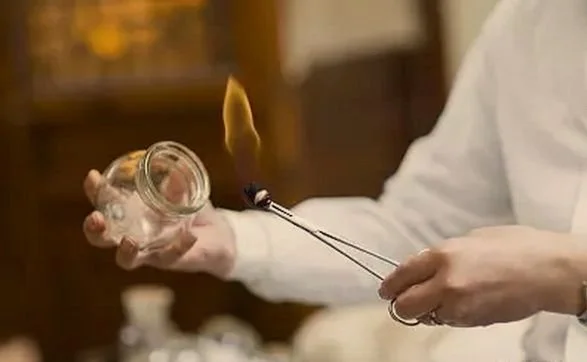committed to the ancient roots living in harmony with nature
Classic Chinese Medicine
What is Classical Chinese Medicine (CCM)?
Classical Chinese Medicine (CCM) is a holistic healing system rooted in ancient Chinese philosophy, dating back thousands of years. Unlike modern adaptations, CCM emphasizes the natural flow of Qi (vital energy) and the dynamic balance between body, mind, and environment. It focuses on individualized care, prevention, and aligning with natural rhythms rather than standardized treatments.
Key Principles of CCM:
Qi (Energy Flow) & Shen (Spirit): Health depends on smooth Qi circulation and emotional balance.
Yin-Yang & Five Elements: Harmony between opposing forces (Yin-Yang) and natural cycles (Wood, Fire, Earth, Metal, Water) guides diagnosis.
Constitution-Based Care: Treatments are tailored to a person’s unique energy pattern, not just symptoms.
Prevention & Lifestyle: Diet, movement (like Qigong), and emotional well-being are central.
How is CCM Different from TCM?
While Traditional Chinese Medicine (TCM) is the modern, standardized form practiced widely today (e.g., in hospitals), CCM is its older, more flexible ancestor. Here’s how they differ:
AspectClassical Chinese Medicine (CCM)Traditional Chinese Medicine (TCM)ApproachHolistic, individualized, energy-basedMore standardized, symptom-focusedDiagnosisPulse, tongue, and intuition/spiritRelies heavily on fixed patterns (e.g., "Liver Qi stagnation")HerbsFormulas adapted to the person’s QiPre-set formulas for specific conditionsInfluenceDaoist/Buddhist philosophies20th-century systematization by the Chinese government
Li Xin (李辛), a respected CCM educator, highlights that CCM prioritizes "observing the root"—understanding a person’s entire being rather than just labeling diseases. He stresses that true healing comes from restoring natural rhythms, not just suppressing symptoms.
Classical Chinese Medicine: Common Questions from a Western Perspective
1. "How is CCM different from regular doctor visits?"
Unlike Western medicine’s focus on diagnosing and treating specific diseases, CCM looks at your whole pattern of health—energy levels, digestion, sleep, emotions, and how you respond to seasons/stress. It’s like comparing a mechanic fixing one car part (Western medicine) to a gardener nurturing an entire ecosystem (CCM).
2. "Does it really work? Where’s the proof?"
While CCM uses different tools than Western science (like pulse diagnosis instead of blood tests), modern research shows acupuncture can ease pain, and herbs like ginger reduce nausea. Think of it as a 3,000-year-old “user-tested” system—its longevity comes from real-world results, even if we’re still mapping how it works biologically.
3. "Can I use CCM alongside my current medications?"
Yes! Many patients use CCM to:
Reduce side effects of medications (e.g., fatigue, digestive issues)
Strengthen the body before/after surgery
Support chronic conditions where Western medicine has limited options
Always inform both your MD and CCM practitioner about all treatments you’re using.
4. "What does ‘Qi’ feel like? Isn’t that unscientific?"
You’ve likely felt Qi without realizing it—that “second wind” during exercise (surge of Qi), or gut instinct about someone (Qi sensitivity). CCM simply has precise terms for these subtle energies Western medicine is now measuring indirectly (like heart rate variability showing nervous system balance).
5. "How long until I see results?"
Depends on your issue:
Acute pain may improve in 1-3 sessions
Chronic fatigue or digestive issues often take 1-3 months
Prevention/longevity plans work gradually over years
Unlike pills that suppress symptoms fast, CCM aims for deeper, lasting change—like rewiring your health from the inside out.
6. "Why herbs instead of pharmaceuticals?"
Herbal formulas are like “team players”—they contain dozens of compounds that work together gently, unlike single-ingredient drugs that force strong effects. Example: Western medicine might prescribe a sleep drug that knocks you out, while CCM uses herbs that also calm your daytime anxiety (addressing the root cause).




